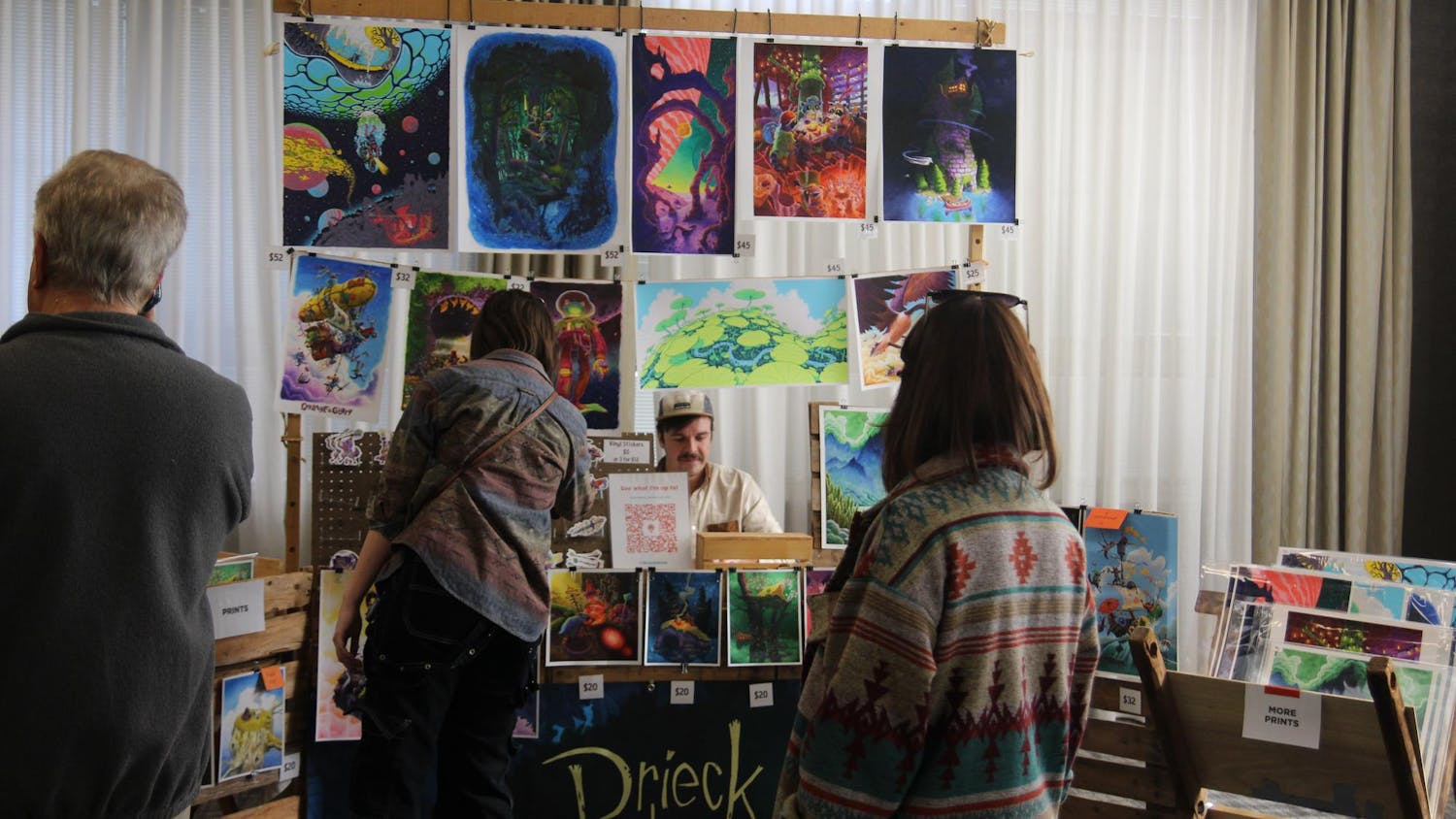BOLOGNA, Italy –\nCars probably didn’t drive across the stage at the Vienna premiere of Christoph Willibald Gluck’s opera “Orphee et Eurydice.” I am also willing to bet the audience would have been shocked if the parts of the firemen were played by young men in red patent leather bodysuits. This is most likely because the classic French opera, which is based upon an ancient Greek tale, debuted in 1762.\nThis weekend, the opera was performed at the Teatro Comunale in Bologna, Italy. I attended the Sunday matinee, and was delighted by the director’s ability to combine the historical aspects of Greek mythology and the music of 18th century Austria, with a modern storyline and striking special effects. This blending of the past with the present is something that I find best executed in opera.\nThe Teatro Comunale was a beautiful setting for the piece. It has a reputation as one of the finest houses in Italy, and was the first major opera venue to be constructed with public funds. It was inaugurated in 1763 with a performance of “Il trionfo di Clelia” – an opera also composed by Gluck, as a special request for the occasion. Since that time, the theater has housed several important performances within its gilded walls. More than 1,000 seats are situated on the ground level, in four levels of stalls and in a balcony.\nThis was my first experience in a professional opera house, so I purchased tickets for the balcony, which I assumed would be like the balcony seats in the IU Musical Arts Center – a bit far from the stage, but with a great bird’s-eye-view of the action. For students, the balcony tickets only cost five euro. Not bad for a night at the opera. Upon reaching my “seat,” however, I realized that it might have been worth the three extra euro to sit on a lower level. A word to the wise: When visiting the opera houses of Italy, note that when you purchase “seats” in the balcony, you may end up standing for an entire two-hour performance. I was provided with a stiff wooden bench to sit on during scene changes and intermission, but in order to see anything, I was forced to stand on my “seat.” It was an uncomfortable way to watch the show, but at least I was already standing for the five-minute ovation at the end of the performance.\n The three main roles of Orpheus, Eurydice and Orpheus’ guide were sung magnificently. The tragic love story of a bride who dies on her wedding day, and a desperate groom who descends to hell to bring her back to the world of the living was wonderfully wrought. In one of the first scenes, the couple is dragged by firemen from a flipped car and Orpheus realizes his bride is dead. His mournful cries sent chills down my spine. The accompanying music made my heart ache for the bereft lover.\n I was most impressed, however, by the intricate special effects that were used throughout the production. The stage was characterized by six square panels that sunk and rose to the main level with eerie smoke wisping from the depths of the represented hell. On several occasions, a hearse was driven across the stage to add to the deathly atmosphere, and the chorus was dressed, from their heads to their feet, in shabby white grave clothes.\n An excellent opera transcends the boundaries of time. Certainly, Gluck’s original production would not have involved a car crash or Orpheus’ demonic guide dressed as Orpheus from “The Matrix.” (Coincidence or irony? I’m not certain.) However, the modern interpretation told the ancient Greek tragedy to the tune of 18th-century Austria to absolute perfection.
View from the top: Letters from Abroad
Get stories like this in your inbox
Subscribe





